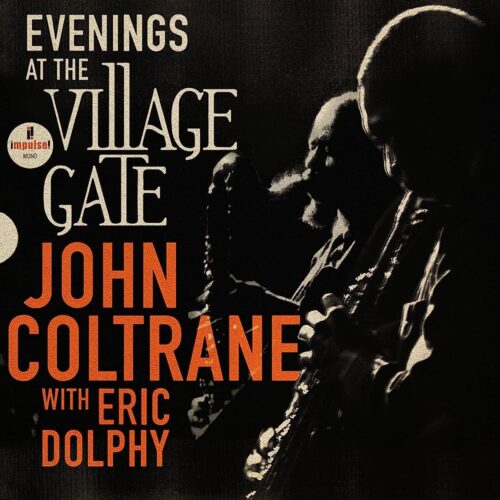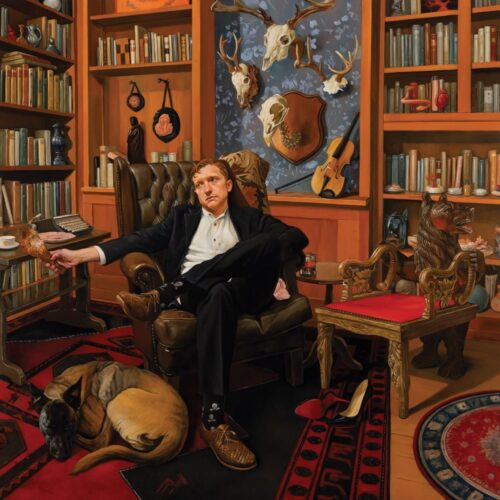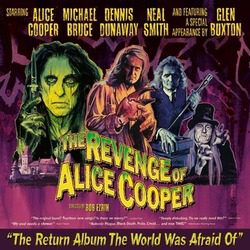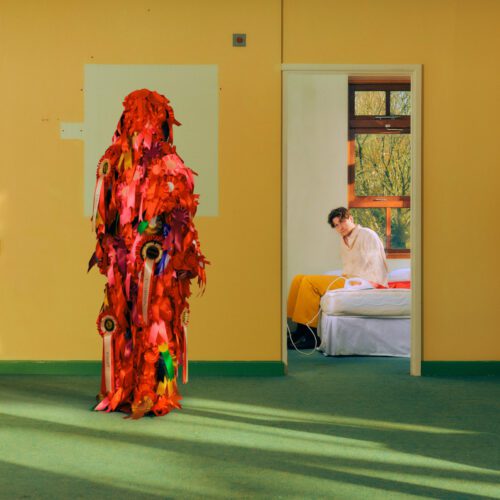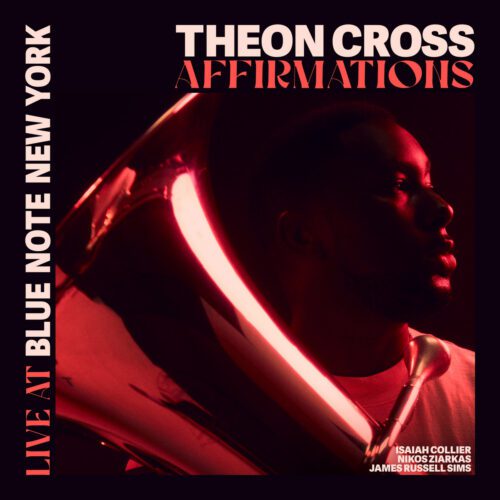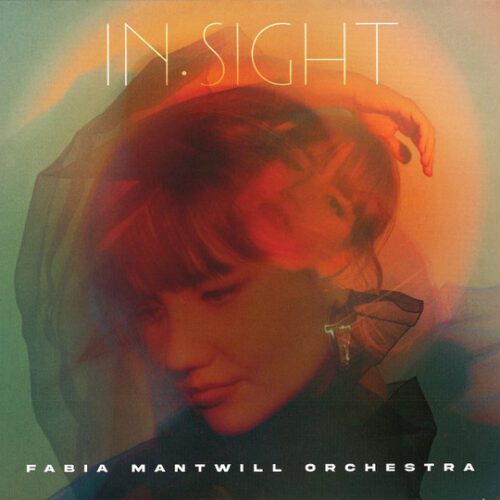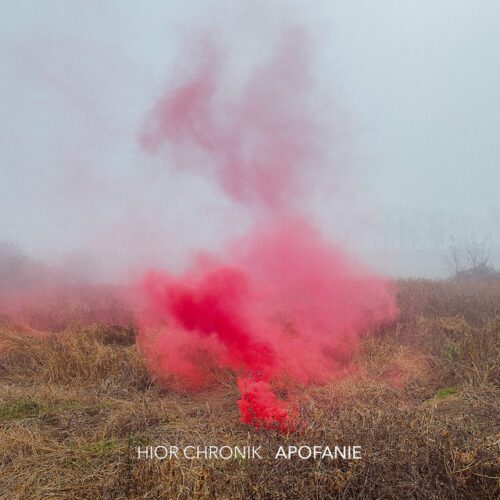Somewhere in the ether, certain moments reverberate across time and space as a reminder of the beauty that once graced our world. Evenings at the Village Gate: John Coltrane with Eric Dolphy, a recently unearthed recording from 1961, captures one such moment. While their previous outings have been documented across a slew of different recordings and bootlegs, Evenings at the Village Gate captures a particularly unique moment in time and has a definite vibe to it.
1961 was the year that Coltrane released My Favorite Things, a watershed moment in annals of jazz that ushered in a new sound and sensibility. Dolphy too was keen on shedding his bebop skin, releasing Out There which marked something of an arrival from his debut, Outward Bound. As such, this is an especially welcome release that sees these two titans at a transformative juncture in their careers.
While there is a lot of classic Coltrane material here, perhaps almost all jazz fans have heard Coltrane’s iconic rendition of Richard Rodgers’ “My Favorite Things” at least, but they are all well worth revisiting with Dolphy on board for the ride. Coltrane gives Dolphy the lead on the titular tune and the first seven minutes are a showcase for Dolphy vibing gloriously alongside Coltrane’s rhythm section. When The Lights are Low is an especially captivating listen, as Coltrane and Dolphy seem to navigate a tightrope between swing, bebop, modal and free jazz in their lines. Needless to say the rhythm section are at the height of their game too, with Elvin Jones on drums, McCoy Tyner on Piano, and Steve Davis and Reggie Workman both making appearances on the double bass.
However, the one regrettable aspect of this release is the sound quality, sadly the piano does not come through well in the mix, which generally sounds good enough but at times feels a bit lacking. Still, Evenings at the Village Gate is a resounding affirmation of the magic that can emerge when hearts and minds stand united in the name of music and it certainly solidifies Coltrane and Dolphy’s legacy as pillars of 20th-century jazz. This album is not merely a relic of the past; it is a living, breathing testament to the spirit of human creativity.
